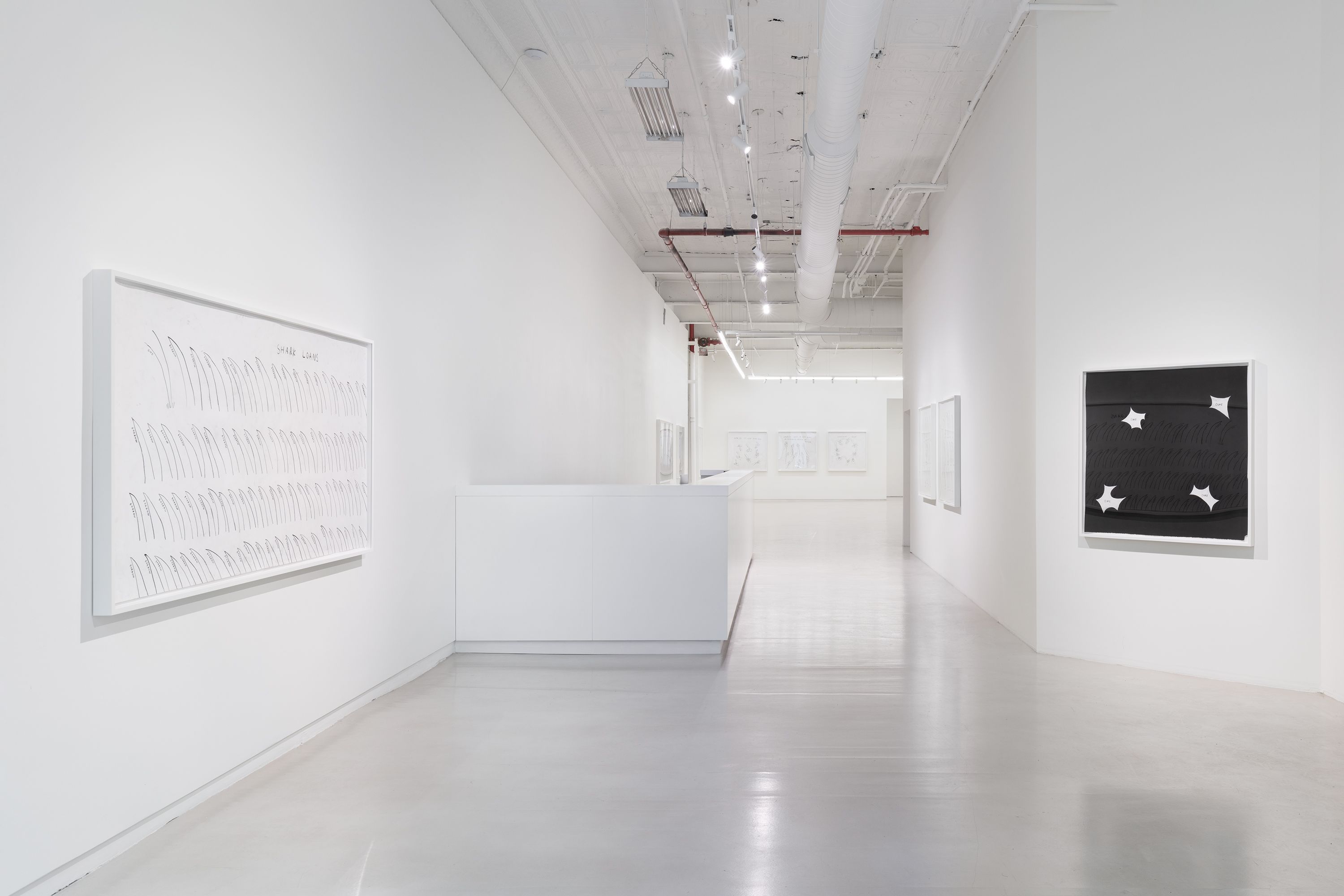
JTT is pleased to present How Do You Hold Your Debt, Christine Sun Kim’s first solo exhibition with the gallery.
Christine Sun Kim (b. 1980, Orange County, CA) is best known for her drawings and murals of infographic systems like musical notations, charts and diagrams that reimagine how we might conceptualize social exchange. With her first gallery exhibition in New York, Kim builds on her own abstract system of notation drawn from American Sign Language, cartoon iconography and a formal visual lexicon. Moving deftly between these visual languages, Kim offers multiple access points across a broad spectrum to address issues of debt and social inequity.
Recurring throughout the drawings are variations of Kim’s visualization of the sign for debt, made by planting a forefinger into the center of the palm. In several diagrammatic drawings of hands, these lines bear handwritten annotations that propose debt as both a financial and social reality. The variety on offer in How Do You Hold Your Debt plays on the American values of individualism in the face of overwhelming financial burden. Nearby, America’s Debt to Deaf People provides a clear list of ways to mitigate systemic inequities faced by the Deaf community. When signed with the palm facing outward, the meaning becomes directional– the signer is owed. In Permanent Debt, a looping ribbon of debt is punctuated by IMPT COOL, Deaf slang that refers to maintaining composure in ableist environments.
Seriality, scale shifts, and spatial relationships in Kim’s works generate a tonal visual experience that reflects the dimensionality of ASL, which accounts not only for hand motion, but also shape, duration, and facial and body expressions to convey precise and nuanced meanings. Shark Loans’s endless line of ‘borrows,’ indicated by lines that swoop and rebound like the motion of its manual sign, appears laughably impossible to face like the sea of sharks Kim’s drawing comically invokes. The tipping stack of musical notes that make up Tiktok Dilemma refers to the proliferation of ASL music videos circulating on social media. While ASL gains capital through their popularity, they are translations of hearing culture rather than celebrations of Deaf cultural output. In Sign Sing, the small, closely related words appear centrally within a vast landscape of charcoal.
While some drawings draw from illustrations and diagrams, others feature abstract compositions paired with ASL metaphrase, ricocheting lines and starburst shapes indicating impact, echo and reverberation. Long Echo dips and then rebounds out of the picture plane ad infinitum, dwarfing both the viewer and a series of handwritten “owes.” The sign for echo involves four fingers bouncing off an open palm, a visual rhyme with the sign for debt. Kim’s rebounding notation recurs in Corner Traps and Finger Palm Gray, this time within a loop. Peeking through dense expanses of charcoal, these echo chambers are created by a series of projections directed inward, just like their aural counterparts. Echo chambers can also serve as a metaphor for closed environments without exposure to difference or external points of access; just as debt reverberates into future generations, keeping those owing in a closed cycle.
But could we reconceptualize who is owed what? Throughout the show, themes of capital, difference and collectivity resurface. If we were to value holding space for the particularities of each other’s lived experiences, what might we stand to gain?

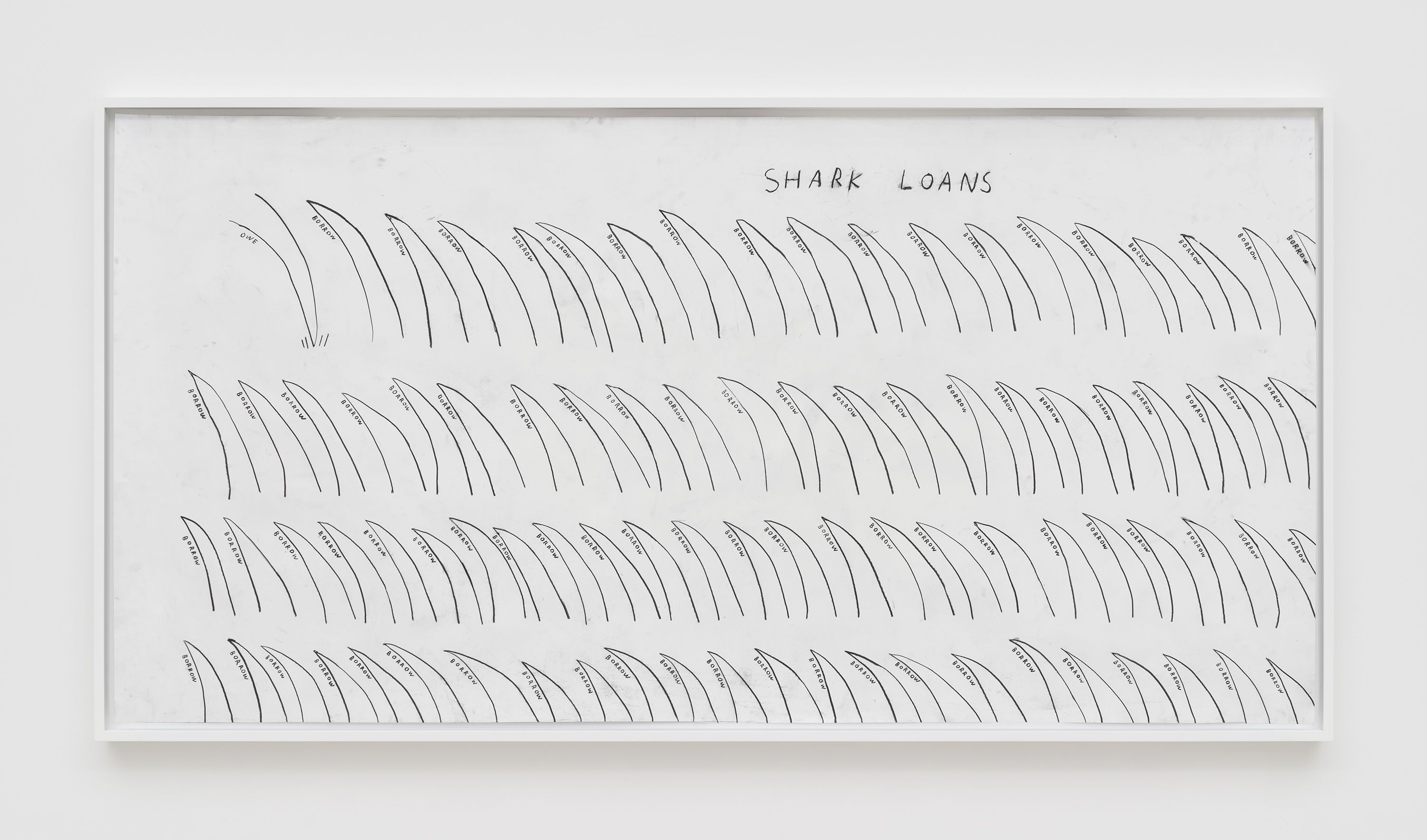
charcoal on paper
44 x 87 in
112 x 221 cm
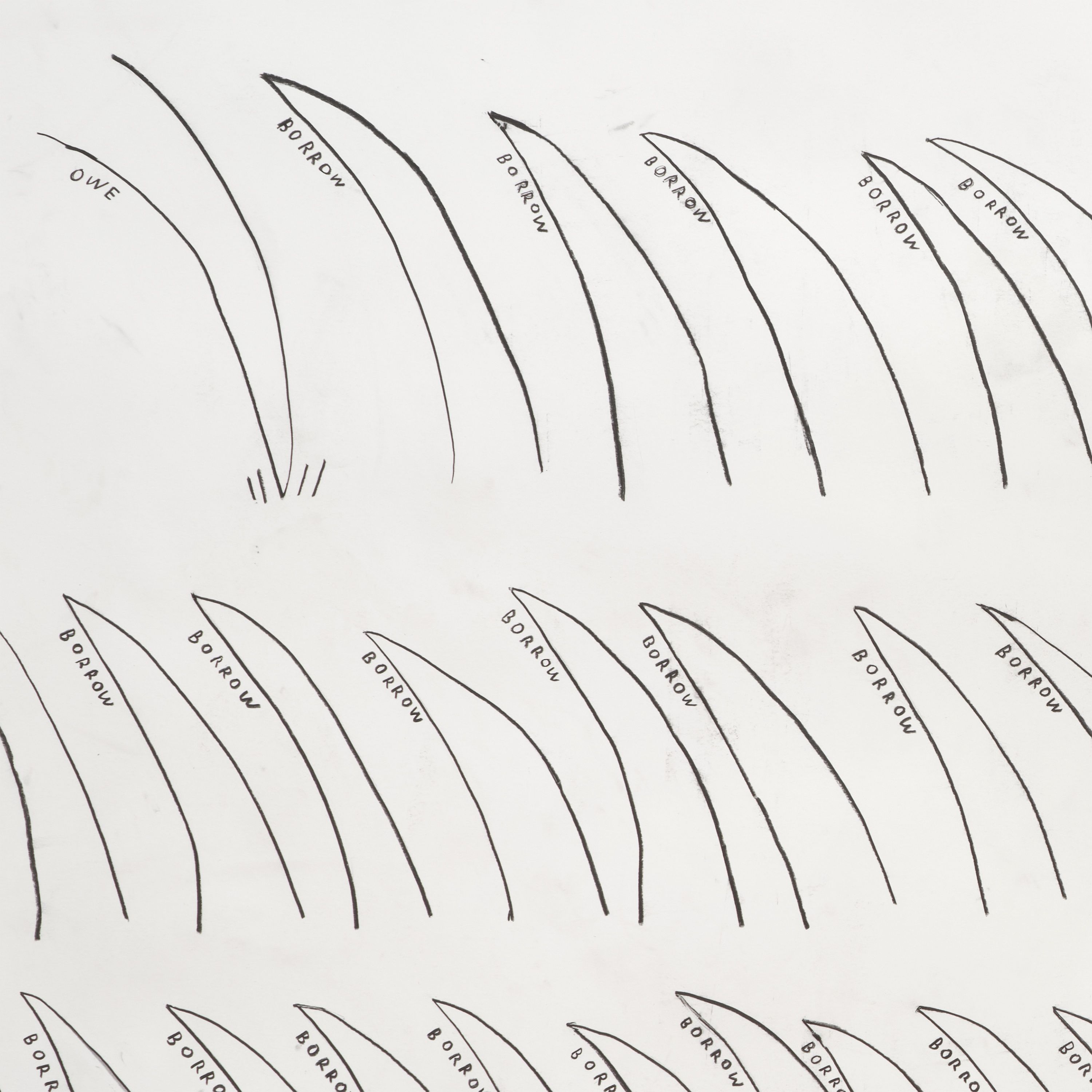
charcoal on paper
44 x 87 in
112 x 221 cm
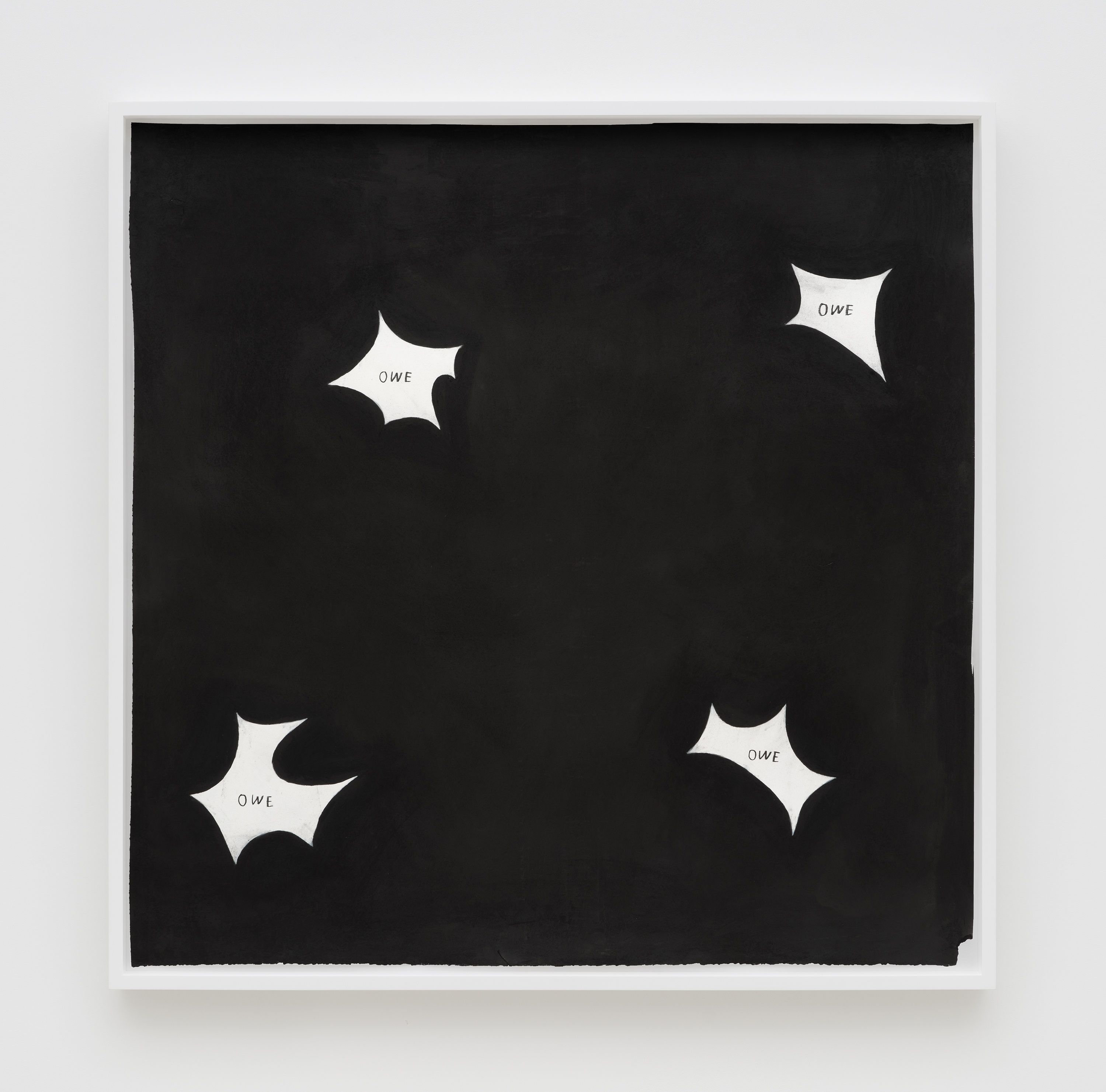
charcoal on paper
44 x 44 in
112 x 112 cm
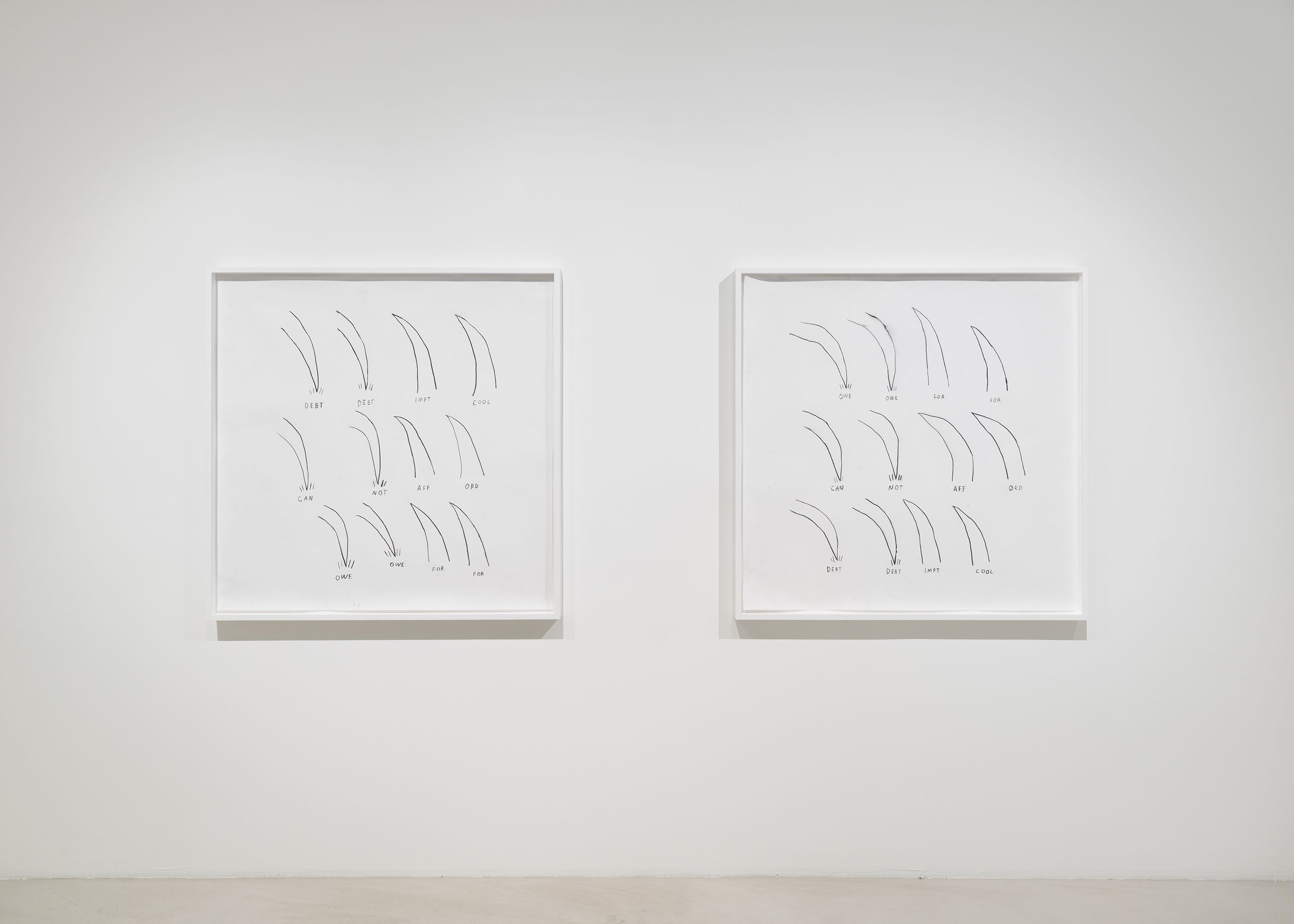
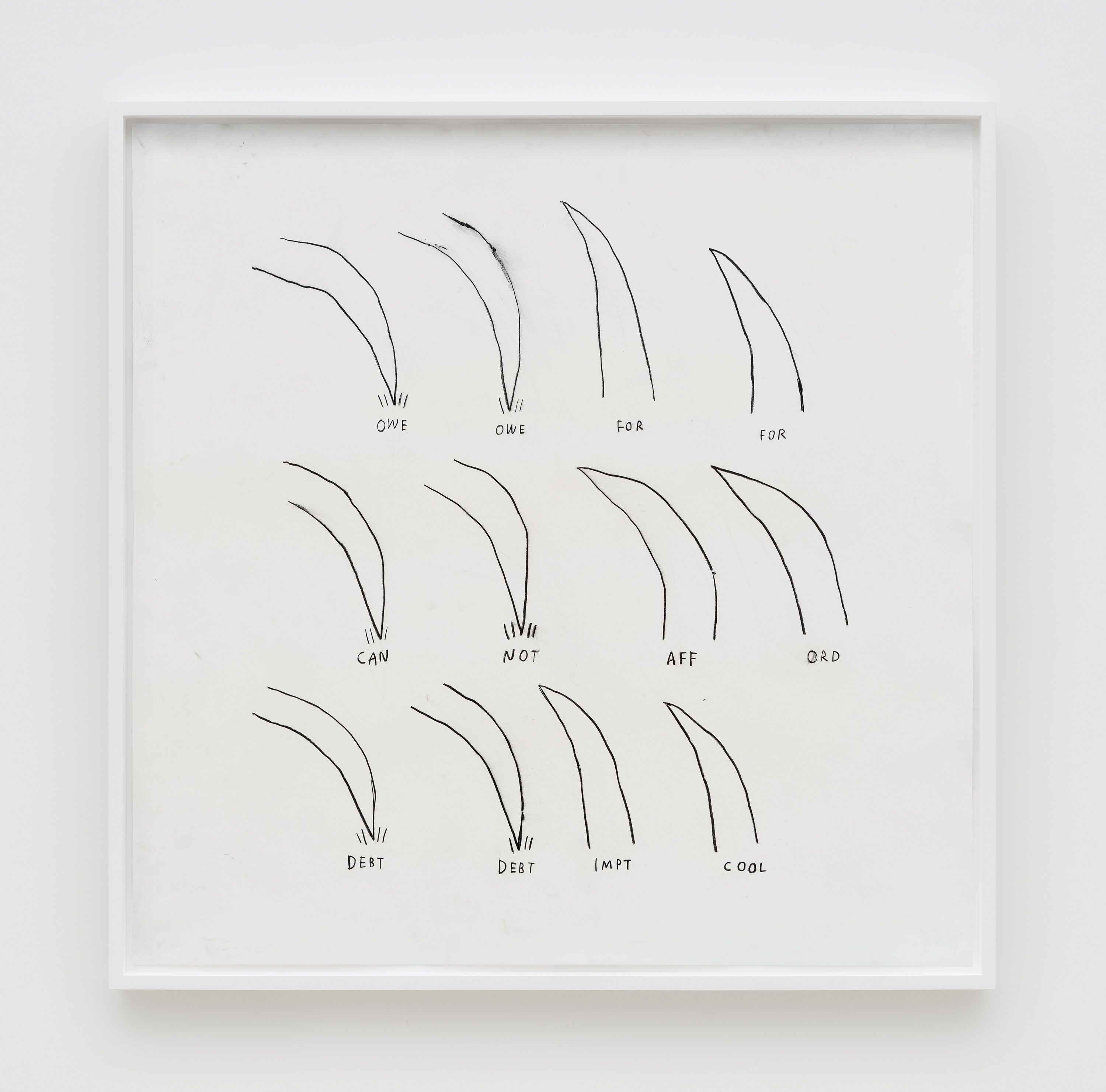
charcoal on paper
44 x 44 in
112 x 112 cm
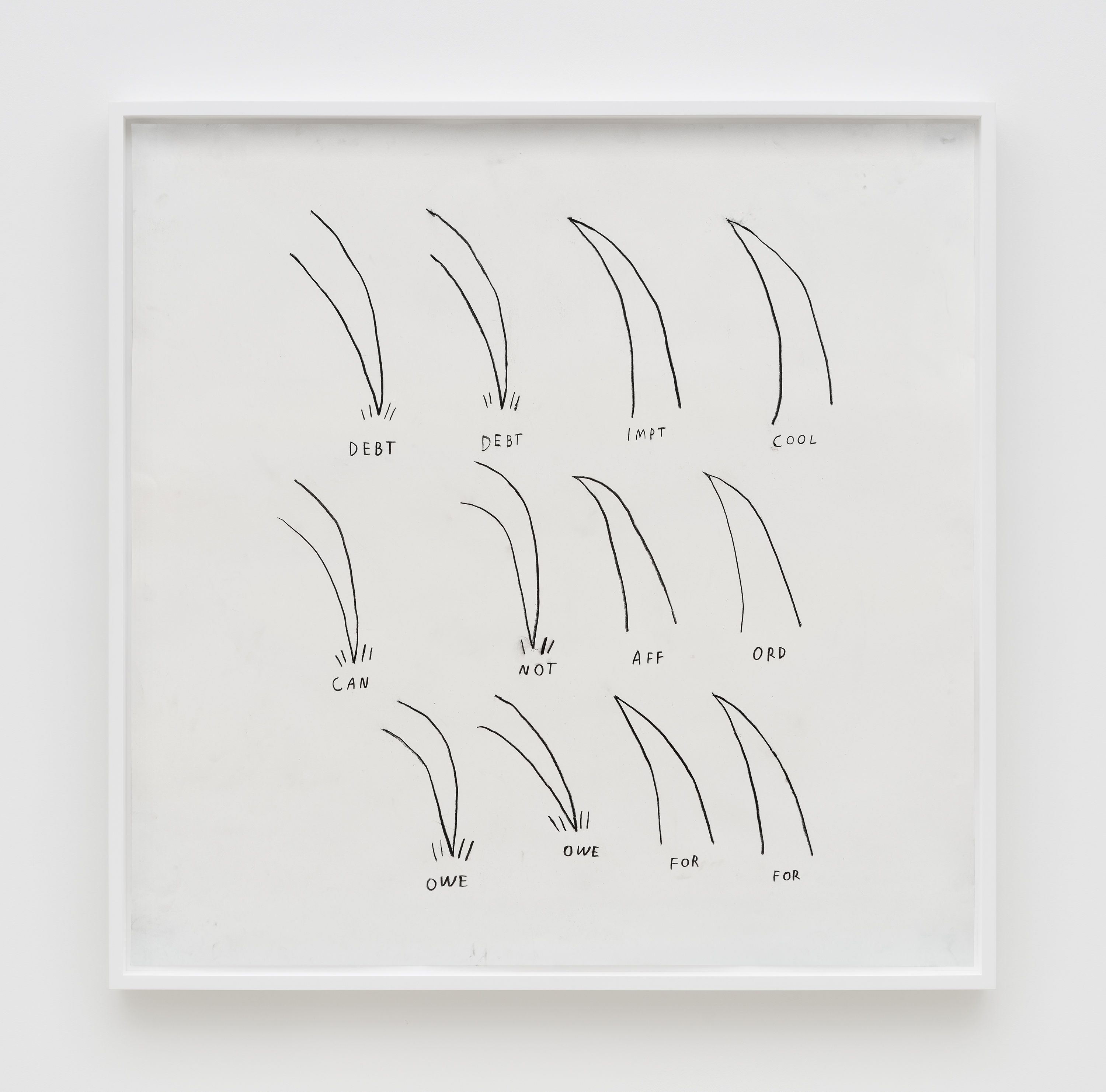
charcoal on paper
44 x 44 in
112 x 112 cm
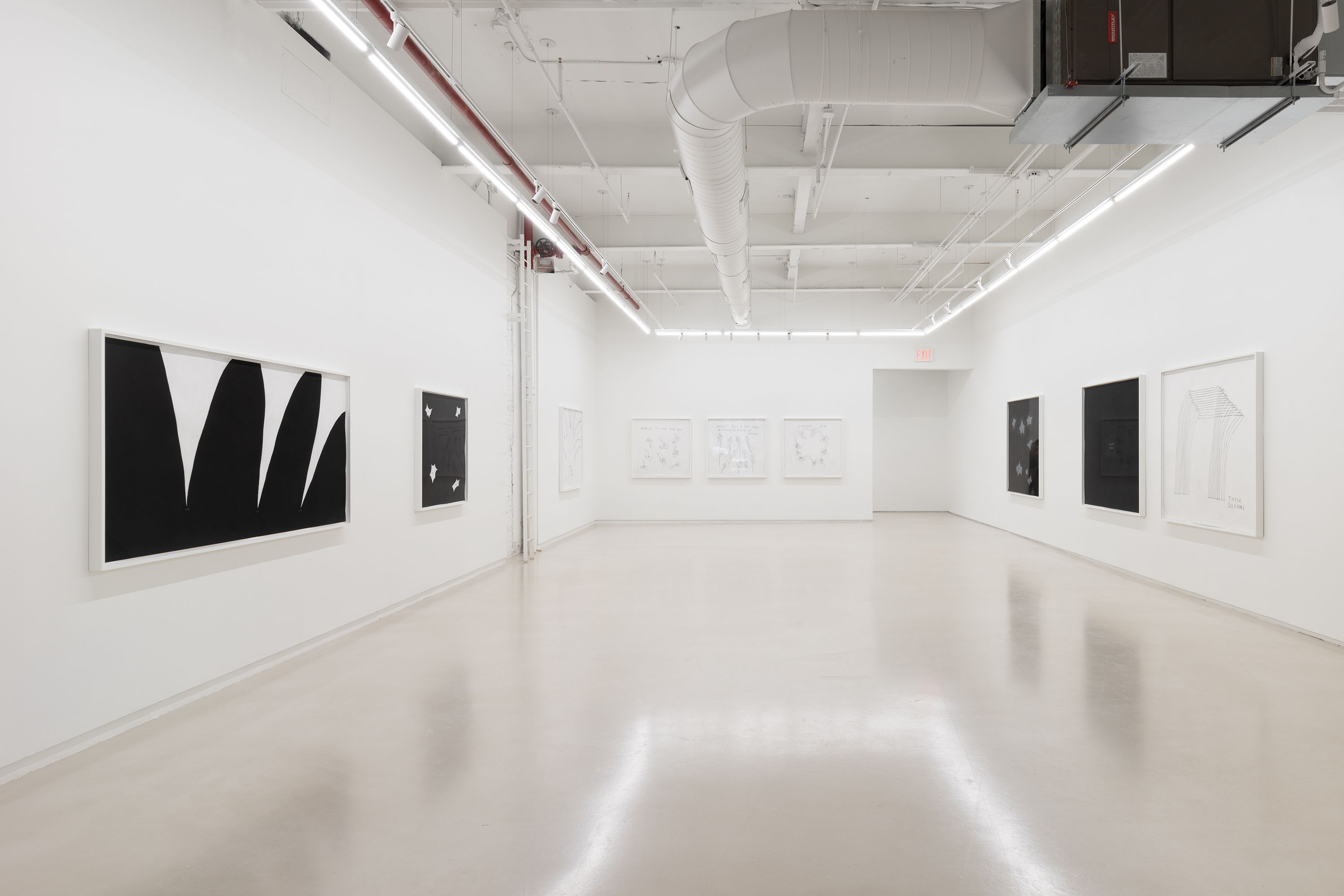


charcoal on paper
52 x 52 in
132 x 132 cm

charcoal on paper
59 x 59 in
150 x 150 cm
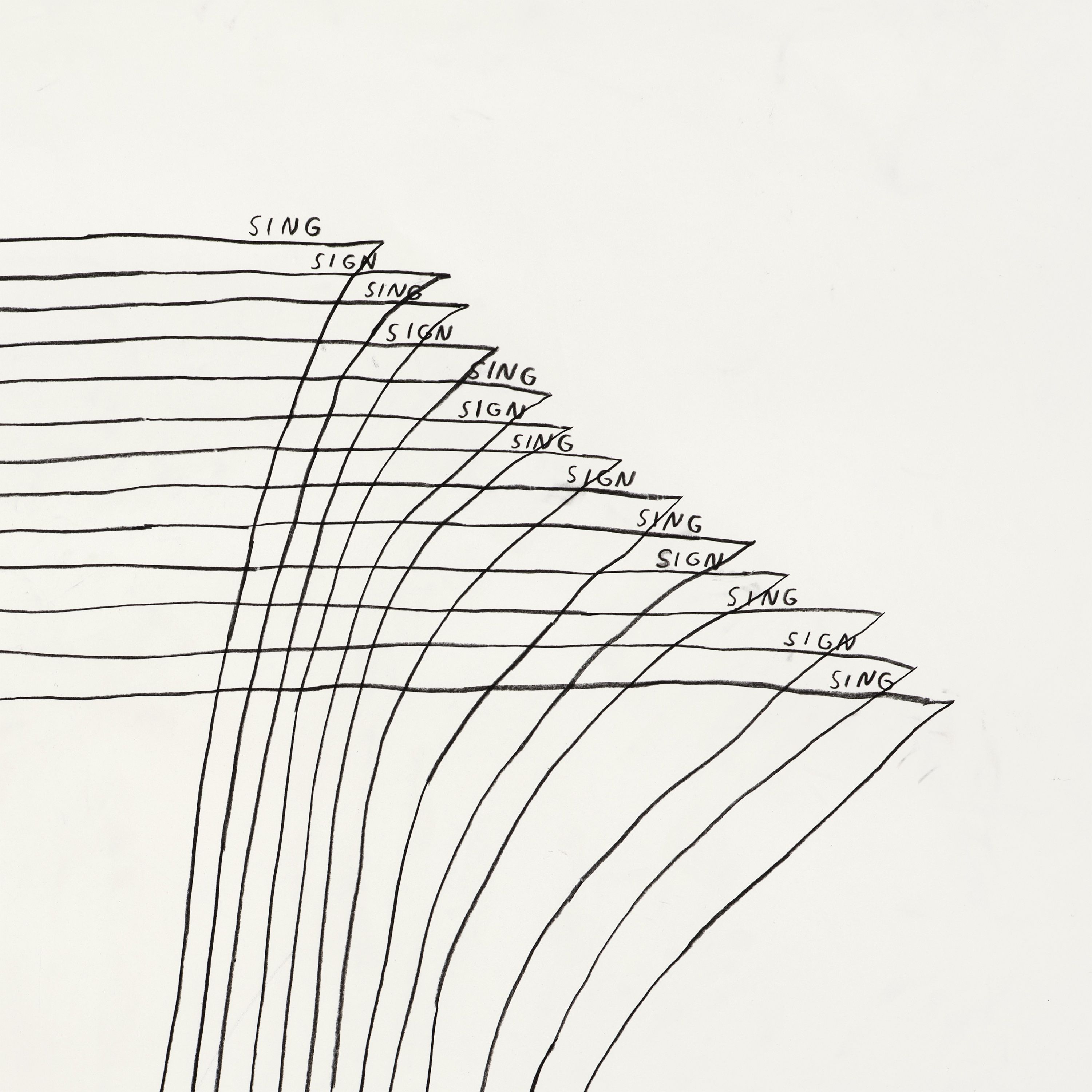
charcoal on paper
59 x 59 in
150 x 150 cm
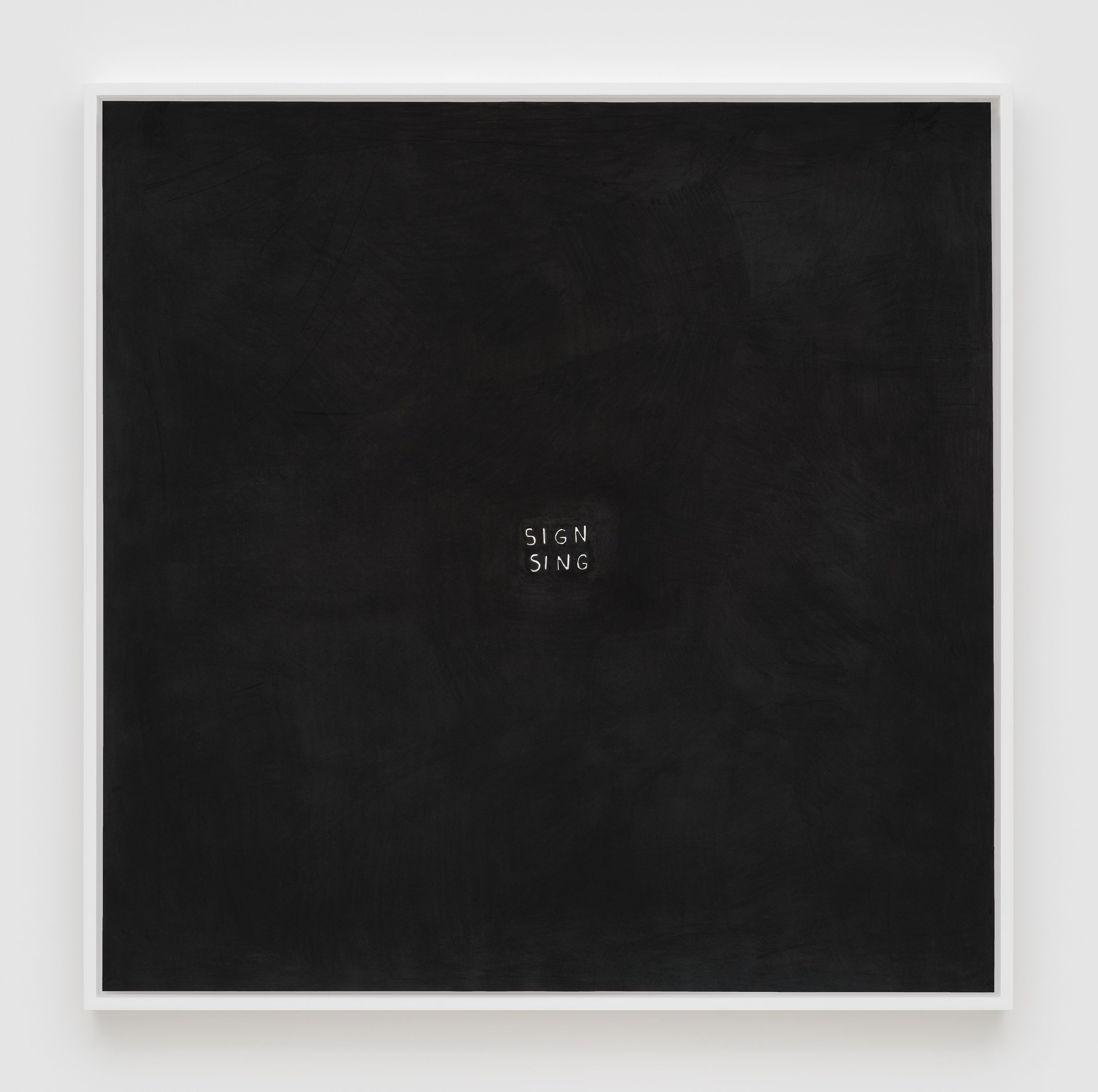
charcoal on paper
59 x 59 in
150 x 150 cm
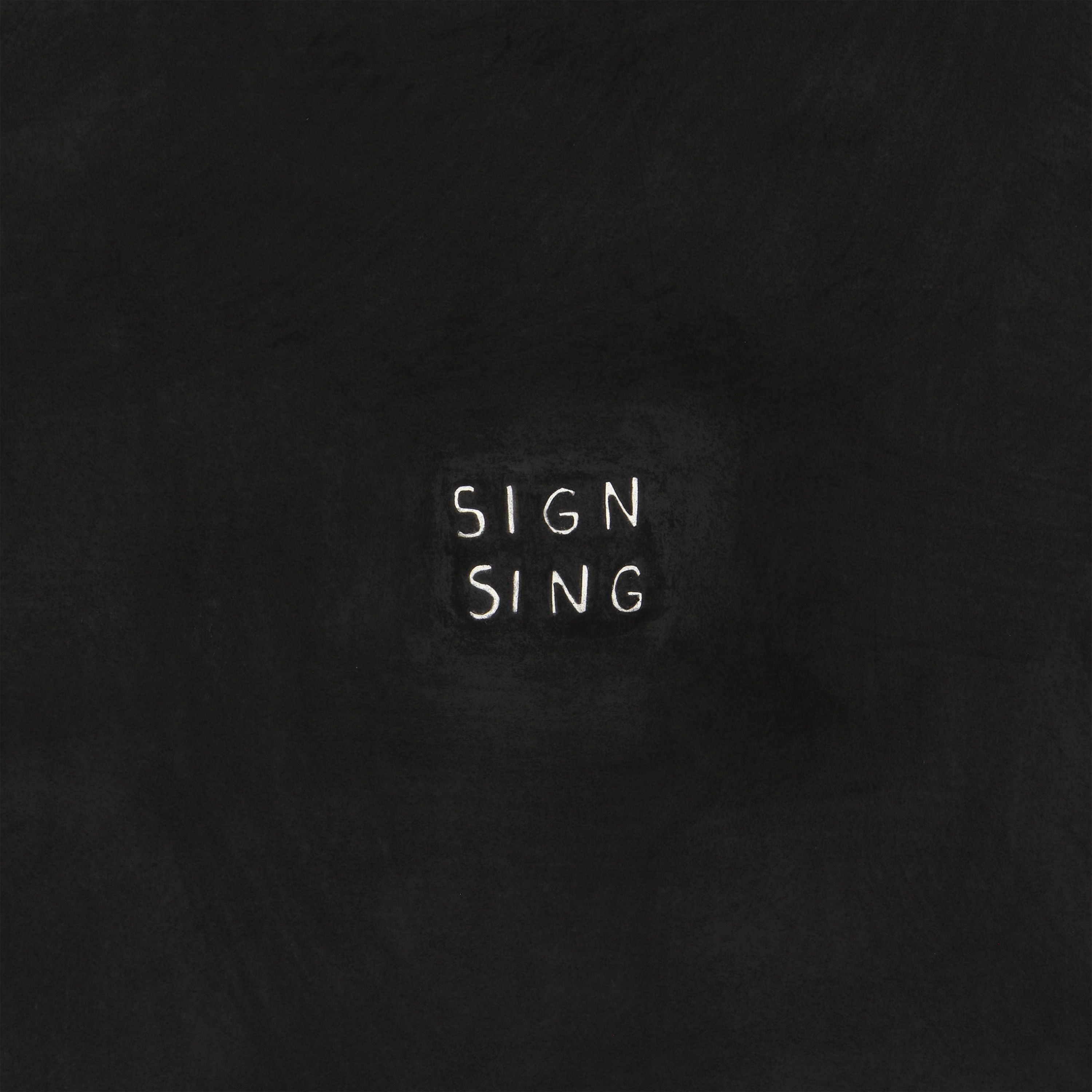
charcoal on paper
59 x 59 in
150 x 150 cm

charcoal and pastel on paper
59 x 59 in
150 x 150 cm
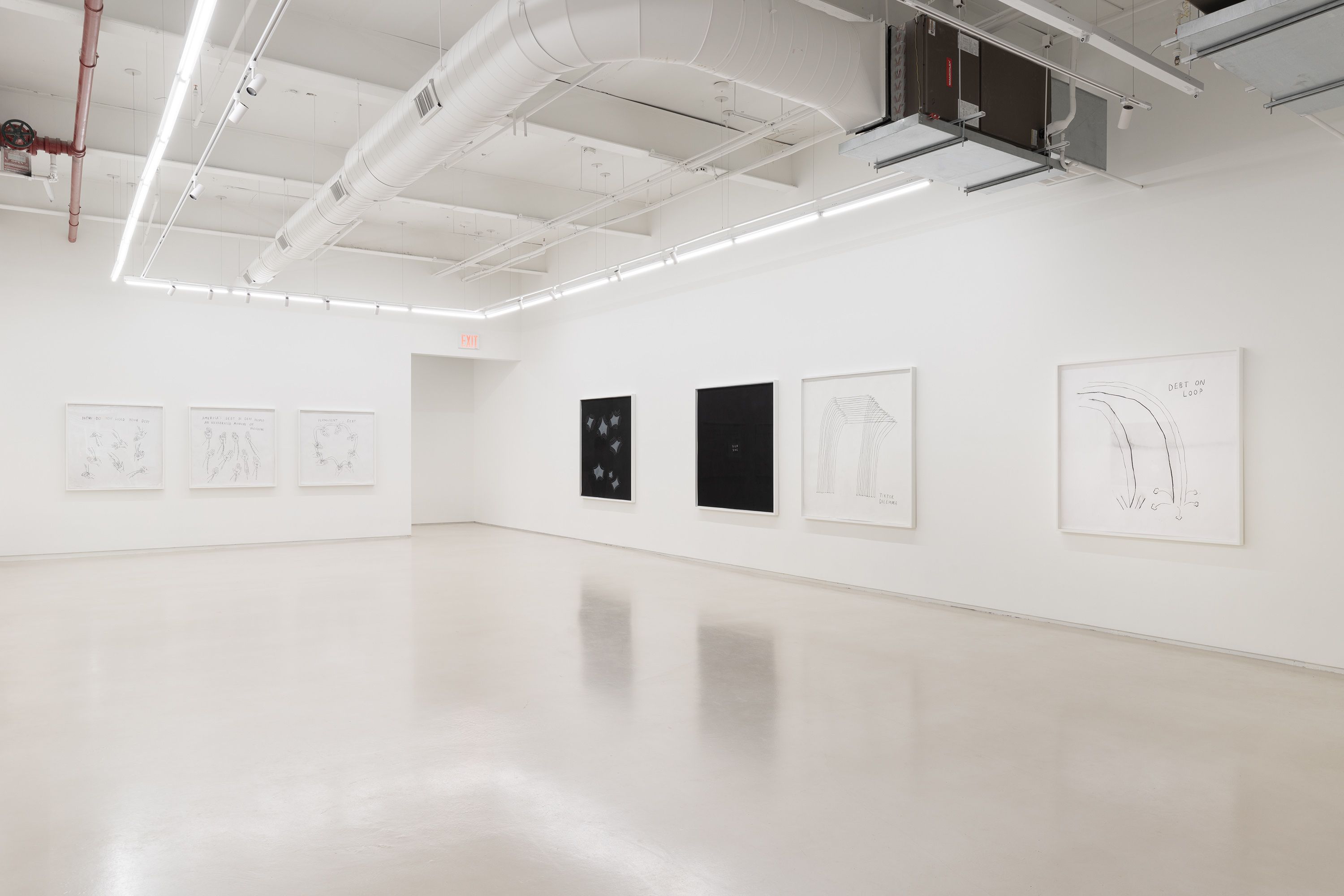

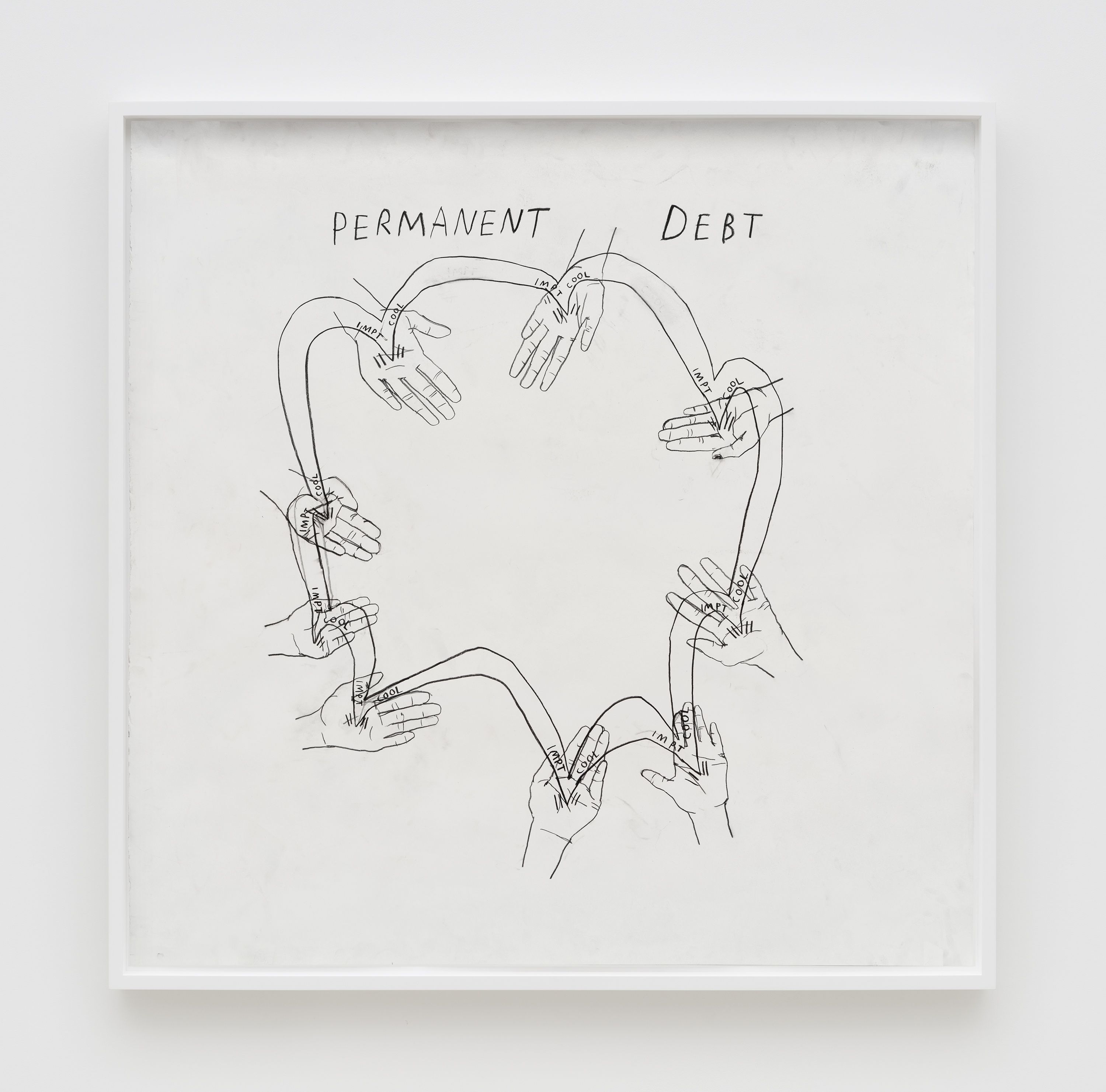
charcoal on paper
44 x 44 in
112 x 112 cm

charcoal on paper
44 x 44 in
112 x 112 cm
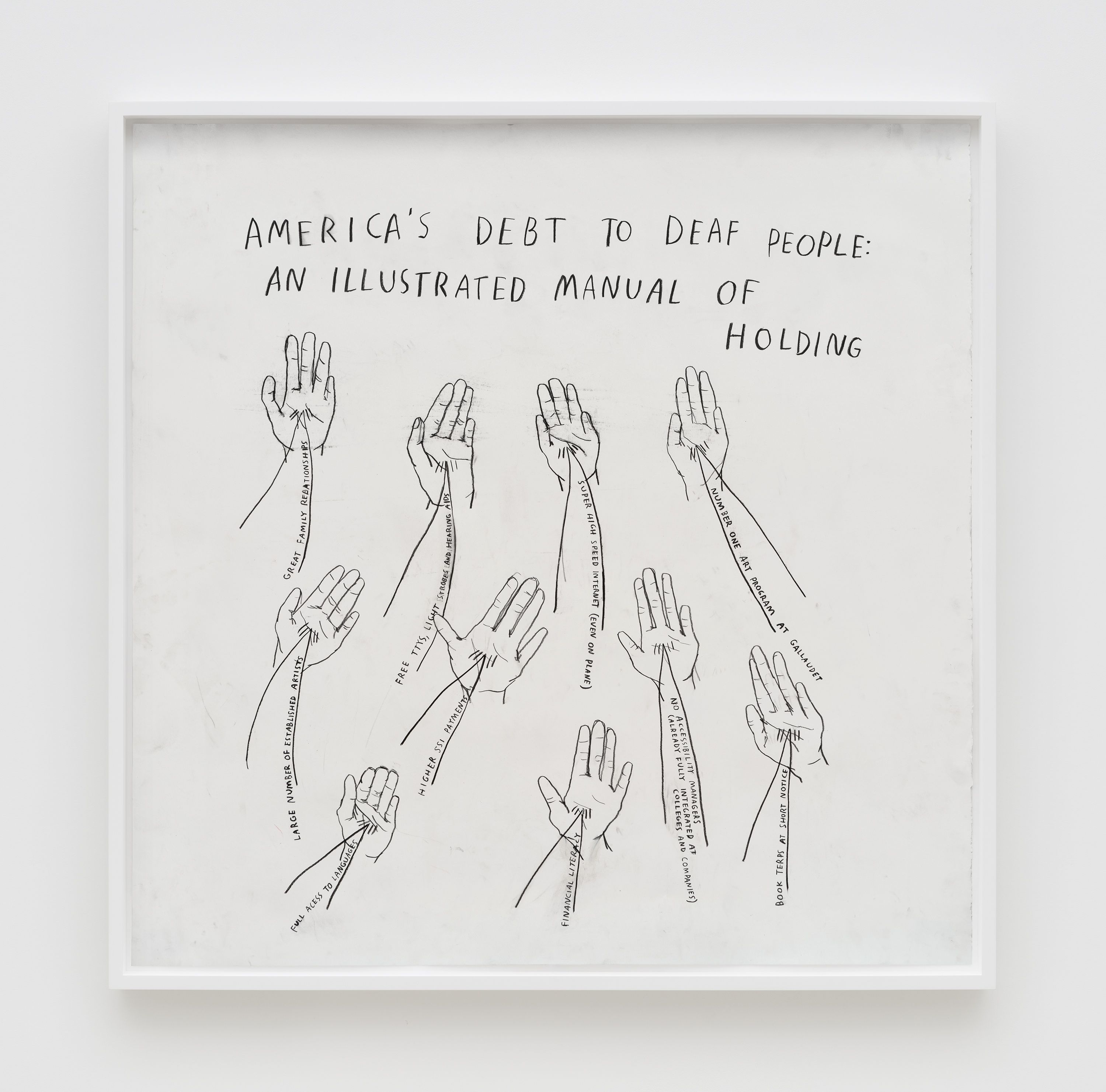
charcoal on paper
44 x 44 in
112 x 112 cm
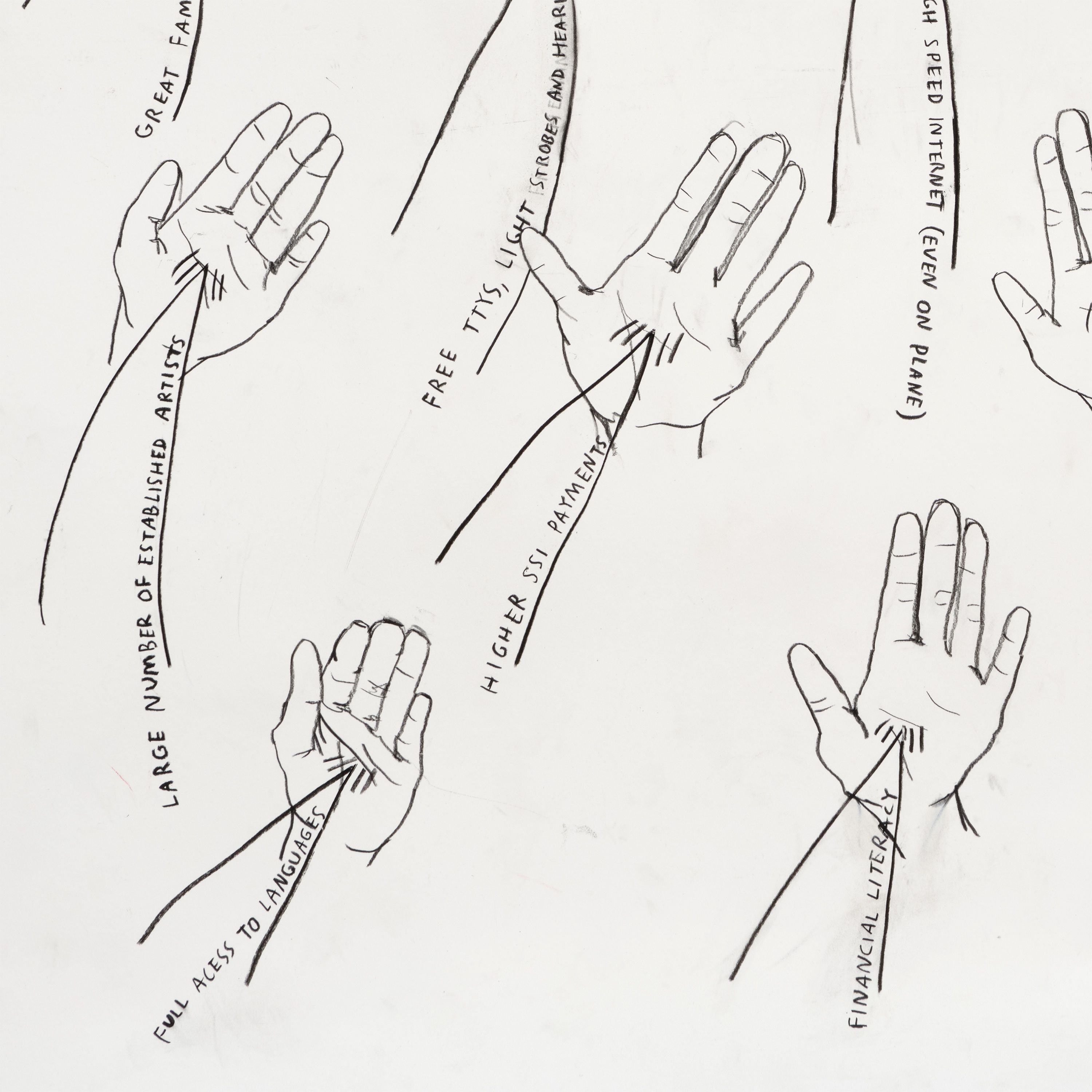
charcoal on paper
44 x 44 in
112 x 112 cm
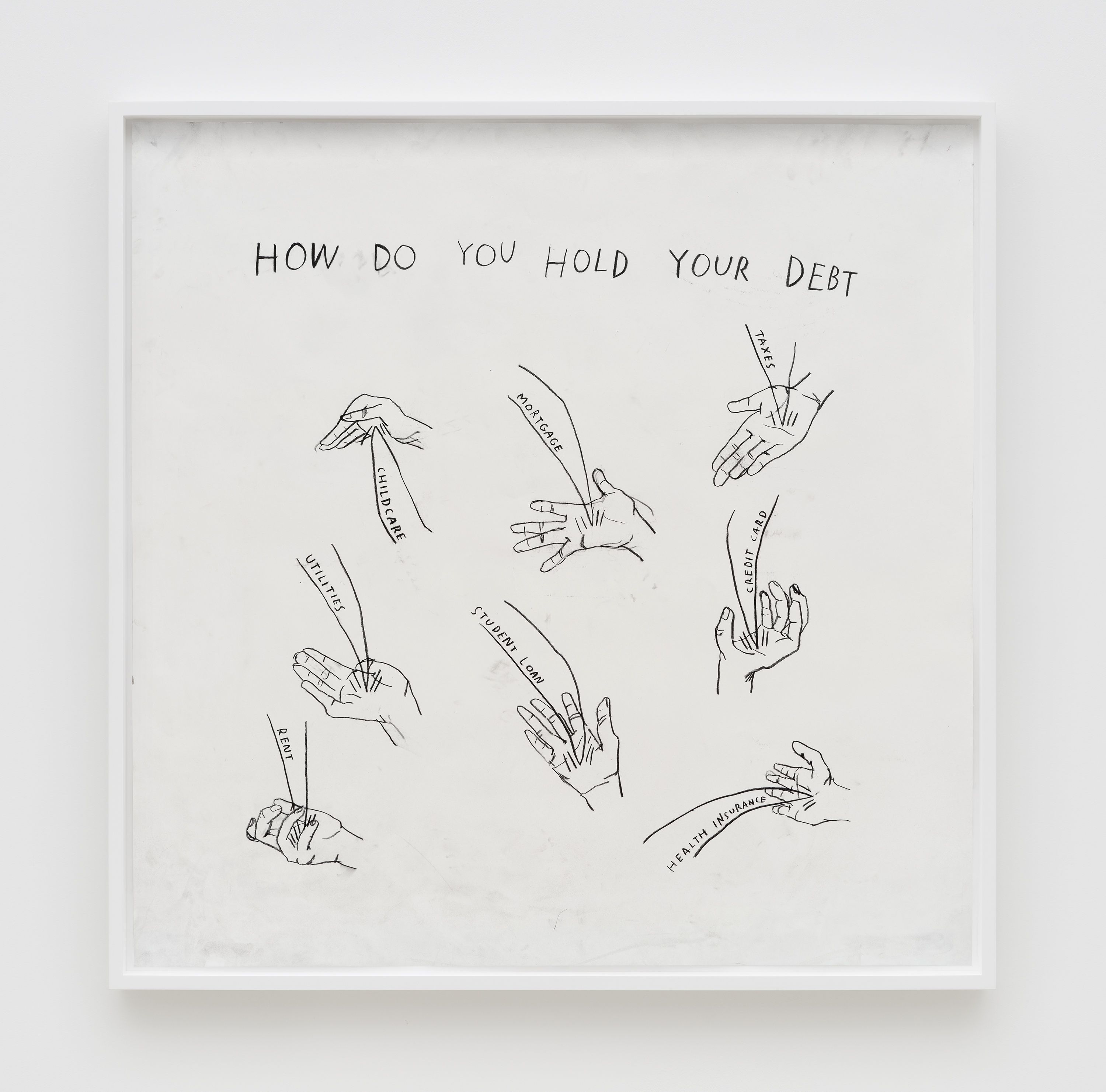
charcoal on paper
44 x 44 in
112 x 112 cm
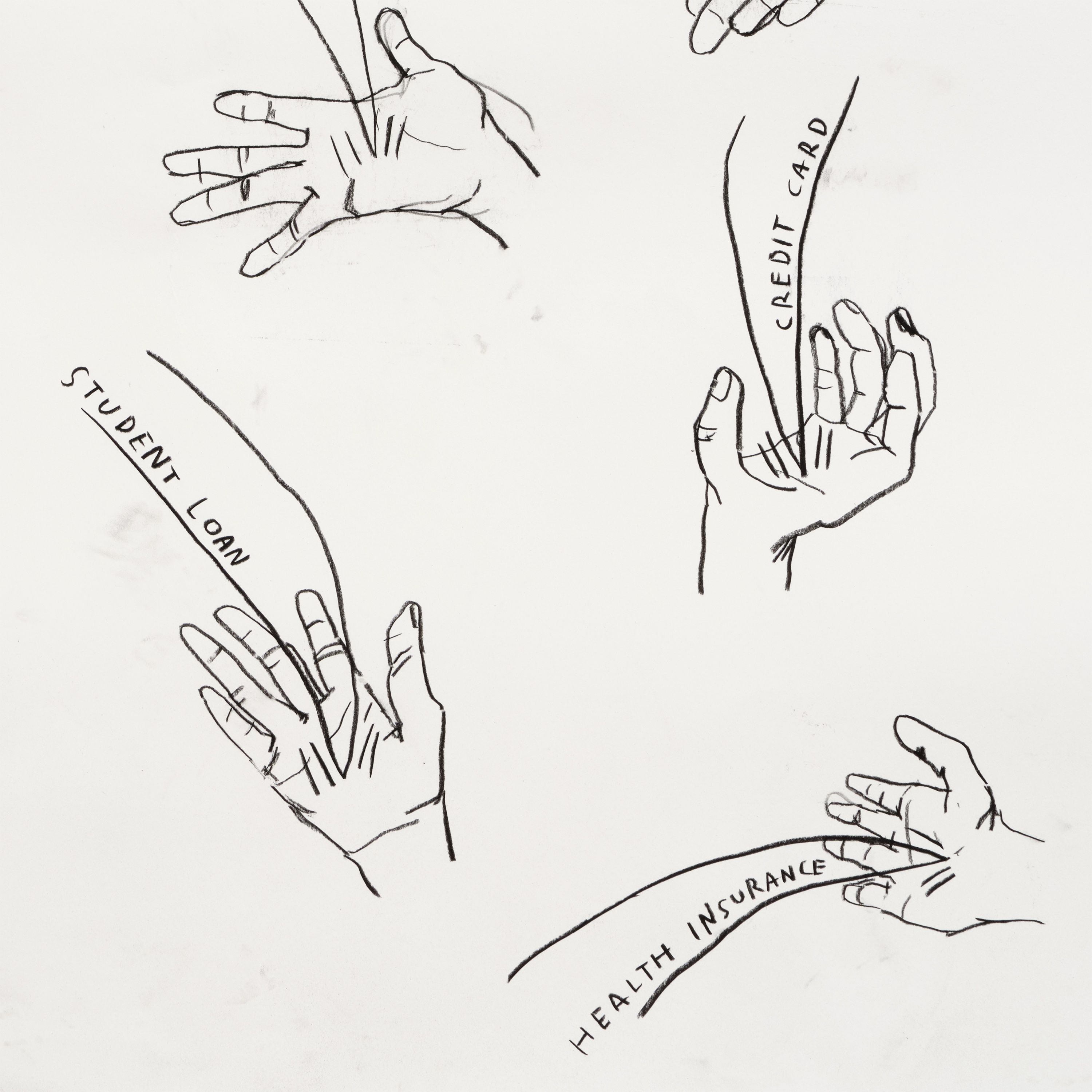
charcoal on paper
44 x 44 in
112 x 112 cm


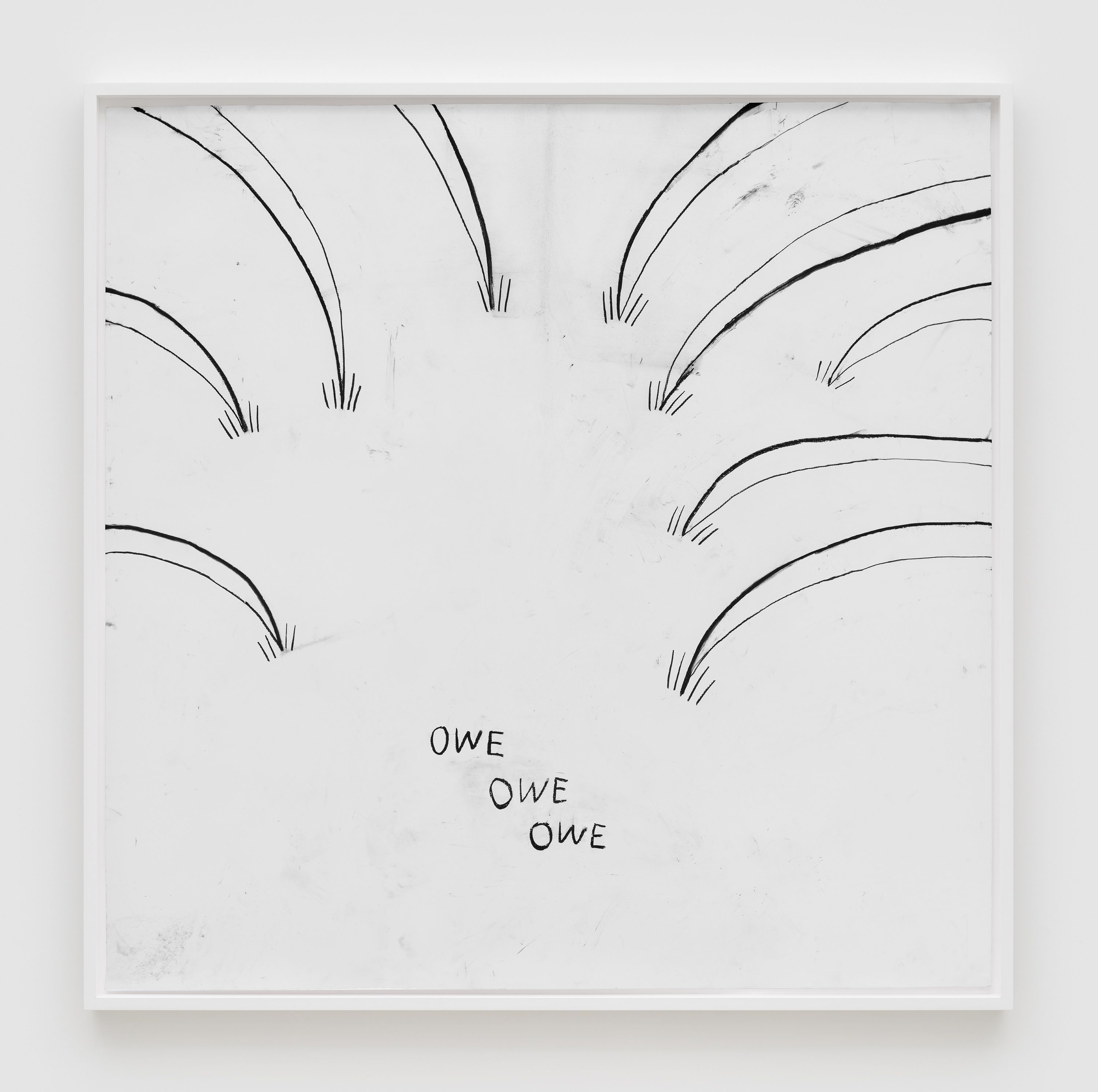
charcoal on paper
52 x 52 in
132 x 132 cm
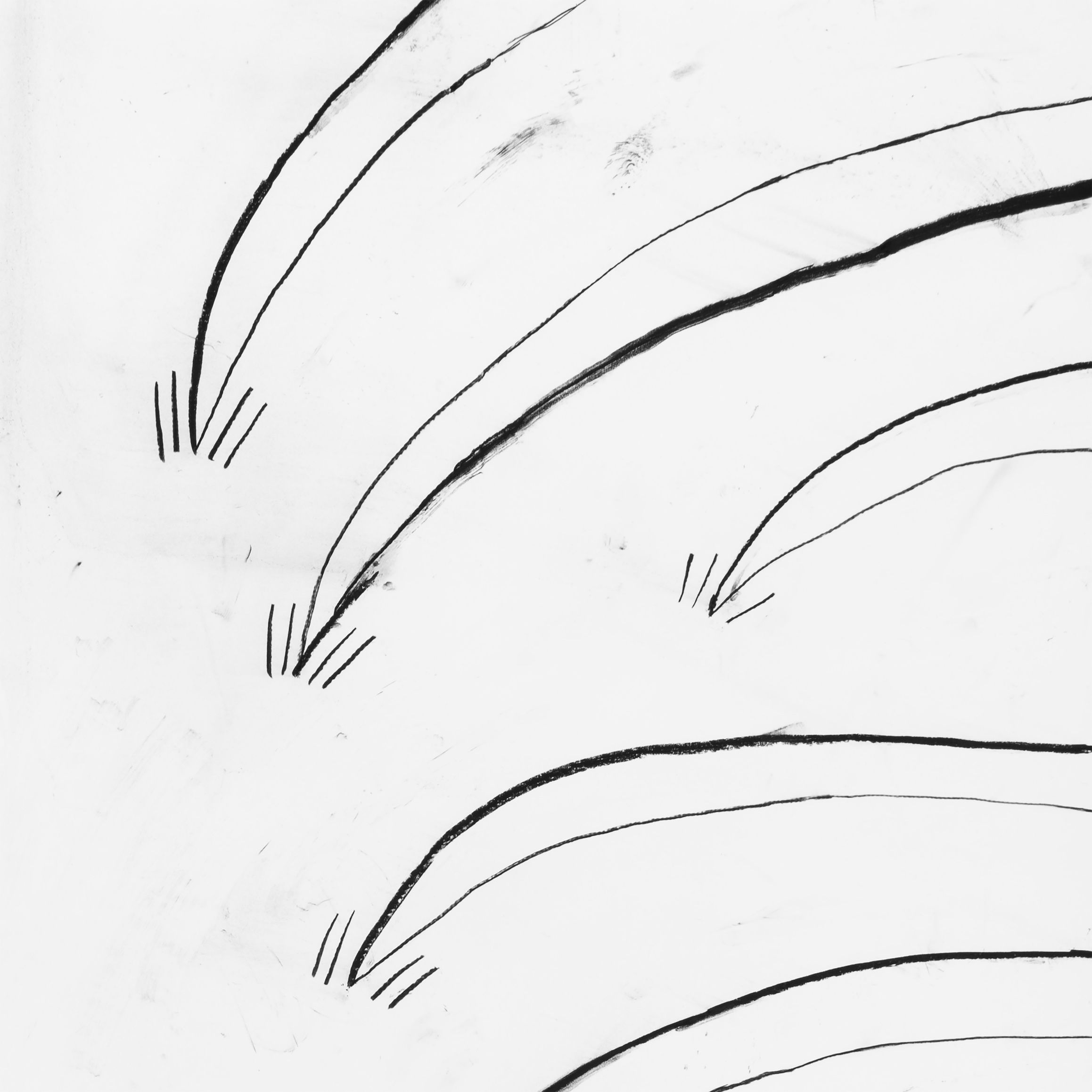
charcoal on paper
52 x 52 in
132 x 132 cm
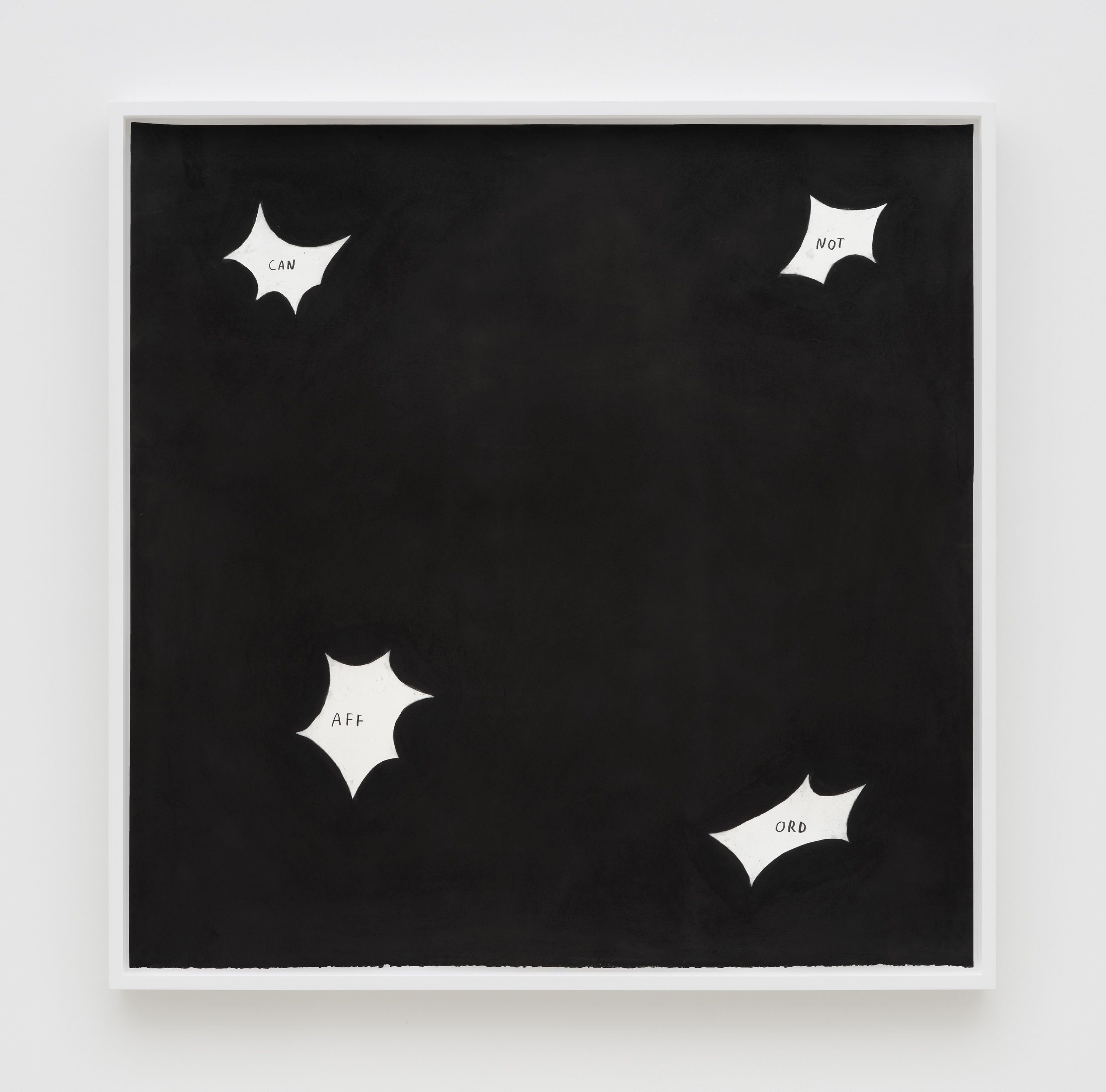
charcoal on paper
44 x 44 in
112 x 112 cm
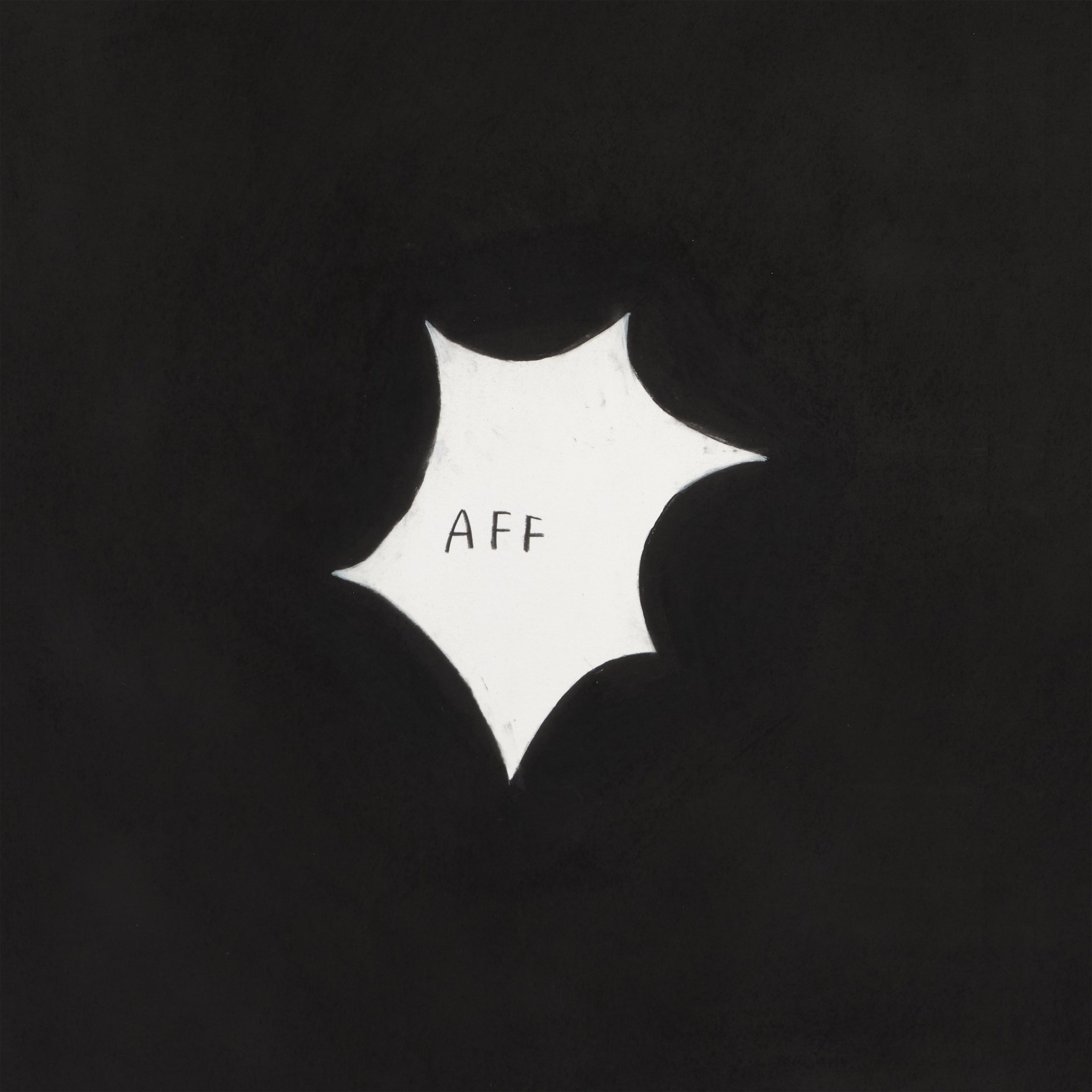
charcoal on paper
44 x 44 in
112 x 112 cm
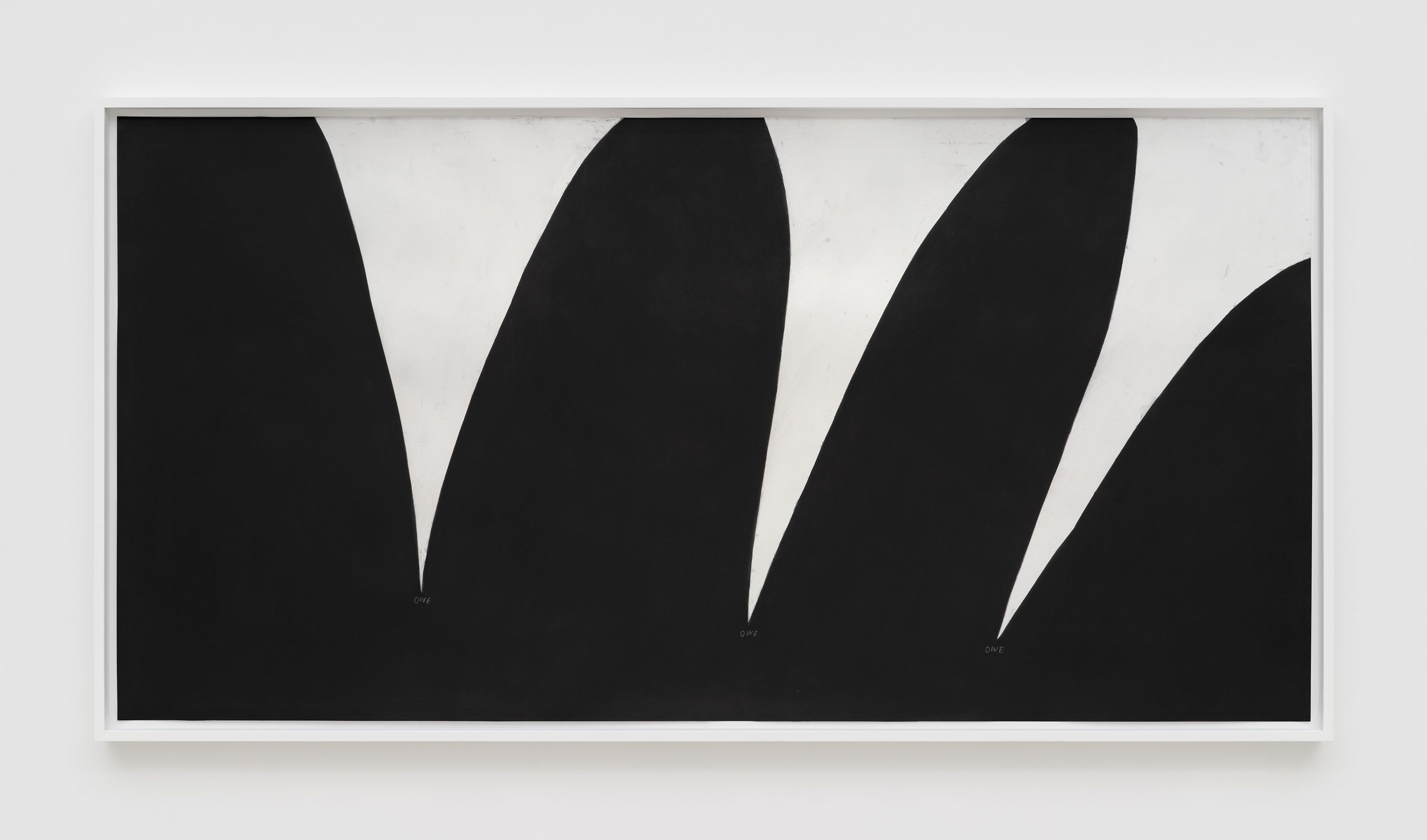
charcoal on paper
44.5 x 88 in
113 x 223.5 cm
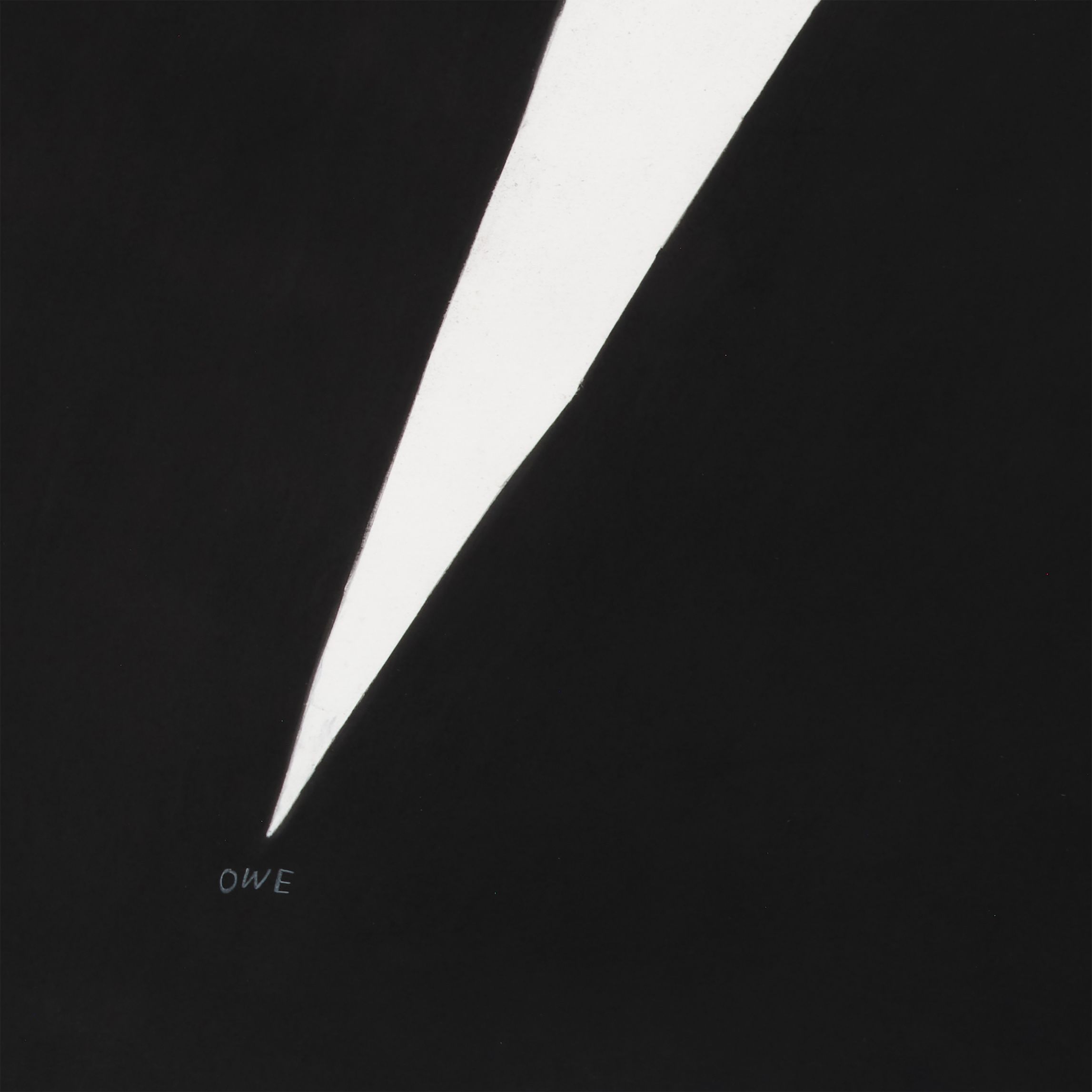
charcoal on paper
44.5 x 88 in
113 x 223.5 cm